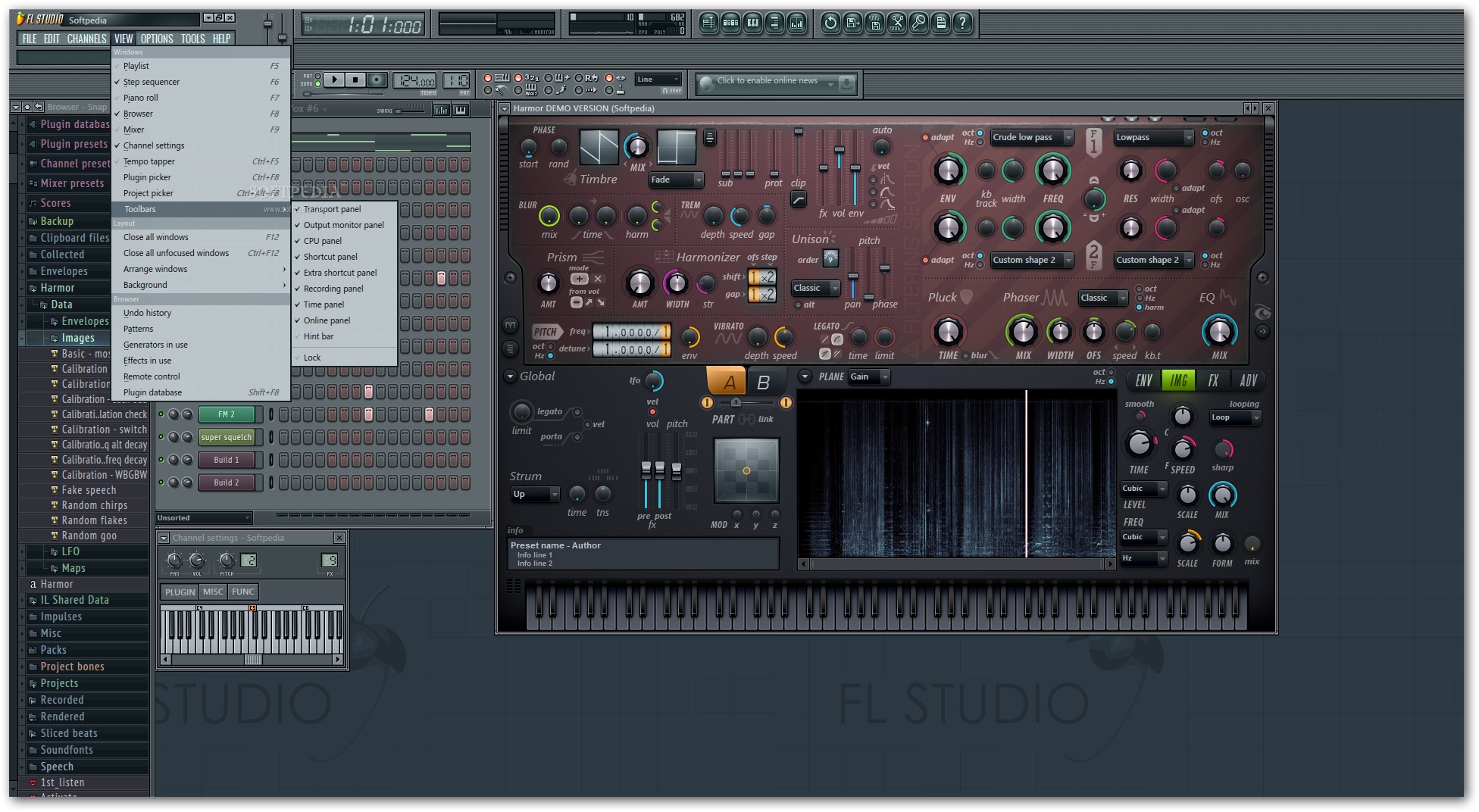


Over time, new traditions, regional cuisines and food processing techniques have formed. For example, corn from the Americas and rice from Asia arrived in Europe. The culinary revolution over the centuries allows us, through travel and migration, to spread our flavors and acquire new tastes. It is precisely technological progress that allow us to continue to change the kitchen and our way of eating. A constant in human history, capable of permeating any form of expression: visual, literary, musical, cinematographic.

Food is the most instinctive cultural form that exists, it is both a necessity of life and an artistic language that unites men of all races and religions. In fact, one cannot talk about food without paying attention to all its cultural aspects: the origin of the dishes, their name, the meaning of gestures and the customs that revolve around the table are no less important than the ingredients and stages of preparation of a dish. Using a metaphor we could say the gastronomic traditions of a country are the DNA of its culture and heritage, stratified over the centuries.


 0 kommentar(er)
0 kommentar(er)
